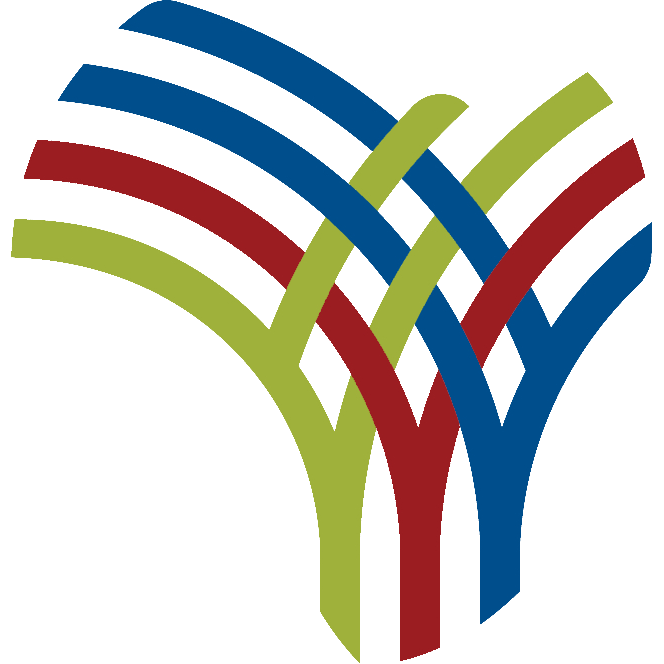Johannesburg — The 12th South African AIDS Conference wrapped up at Emperors Palace this week, and if there’s one thing everyone left with, it’s this – South Africa’s HIV response is standing on shaky ground.
Scientists, doctors, activists, and people living with HIV didn’t mince their words. With U.S. donor funding shrinking, the future looks grim unless urgent steps are taken. The numbers are frightening – between now and 2028, the country could face up to 295,000 new HIV infections and as many as 60,000 AIDS-related deaths if nothing changes.
Here’s the reality – South Africa’s HIV programme is the largest of its kind in the world, but it has long relied on PEPFAR, the U.S. government’s flagship AIDS relief fund. That support used to mean R7.5 billion every year. Now? Treasury has put forward R753 million to fill the gap – not even close to enough.
Deputy Health Minister Dr Joe Phaahla used the closing session to reassure delegates that South Africa is not walking away from the fight. He promised smarter use of data, a shift away from one-size-fits-all programmes, and more focus on targeted interventions.
Follow us on WhatsApp | LinkedIn for the latest headlines
And despite the heavy clouds of funding cuts and uncertainty, there was an undeniable buzz at the conference. Organisers said they felt a renewed sense of energy among the 1,500 delegates, many of whom left feeling inspired to push harder, not give up.
At the end of the day, the message was clear: South Africa’s HIV journey is at a turning point. Funding cuts are real, but so is the determination of communities, scientists, and health workers. The fight is far from over — but it’s going to take bold action, new ideas, and most importantly, listening to the people most affected.

